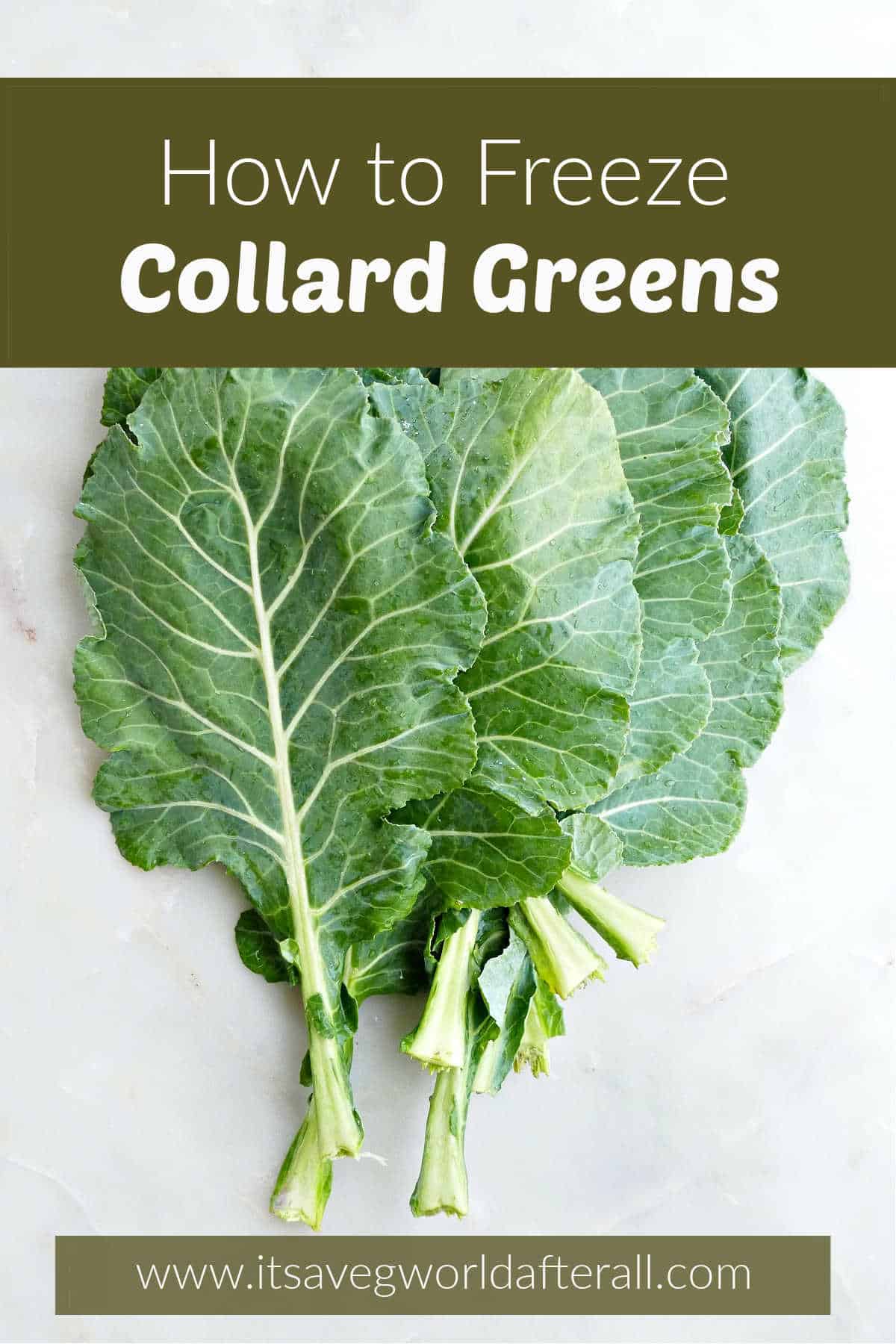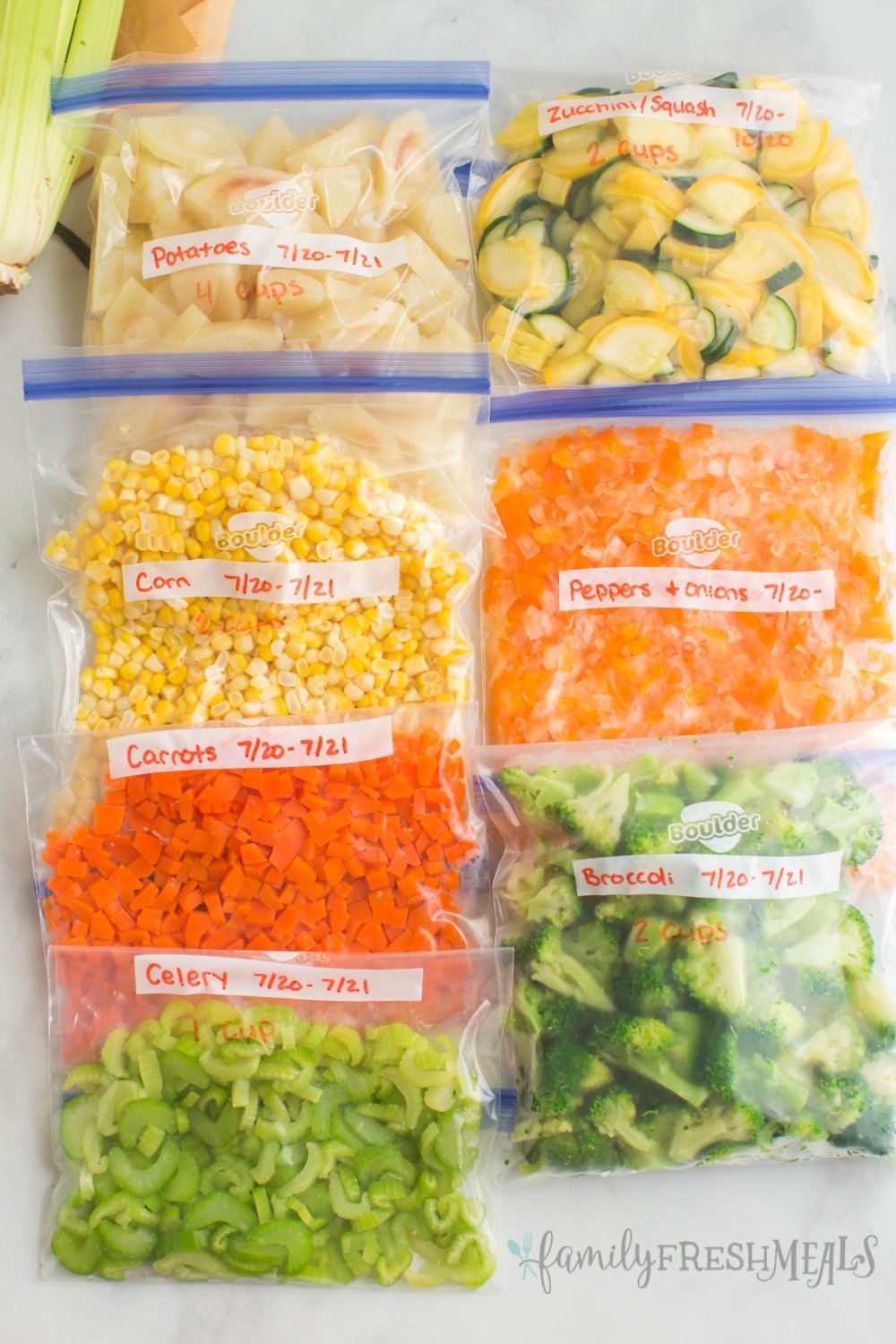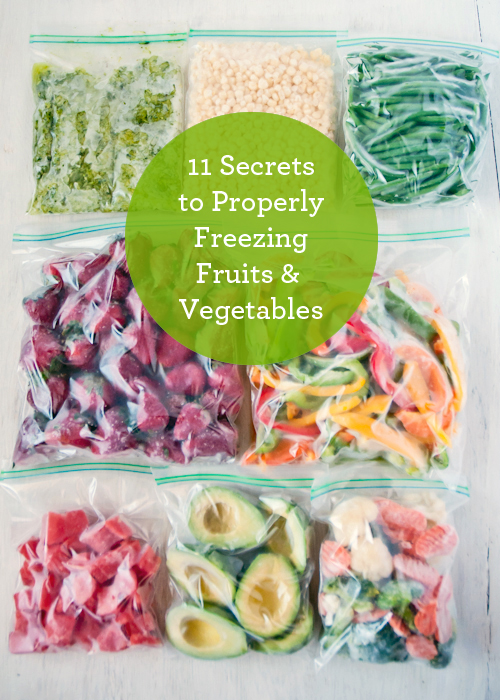Imagine opening your pantry and finding a treasure trove of canned vegetables. They’re convenient, they’re nutritious, but can you freeze them to extend their shelf life even further?
The answer might surprise you. You may be wondering if freezing canned vegetables can save you money, reduce waste, and help keep your meals exciting and varied. But there’s more to it than just tossing them in the freezer. By exploring the ins and outs of this process, you’ll unlock the secrets to preserving flavor and texture while maximizing the benefits of your canned goods.
Dive into this article to discover whether freezing canned vegetables is a game-changer for your kitchen routine, or just a kitchen myth. Your culinary adventures await!
Table of Contents
Freezing Basics
Canned vegetables are easy to store. They last long without freezing. Freezing canned vegetables is not needed. Cans keep them fresh. Freezing may change their texture. Always check the can’s label. Some cans may say “do not freeze”. It’s better to store cans in a cool place. Keep them away from heat. Never put cans in the freezer. They can burst. Always use fresh cans for the best taste. Freezing is not bad, but it’s not needed for cans.

Credit: itsavegworldafterall.com
Benefits Of Freezing Canned Vegetables
Freezing canned vegetables can keep them fresh longer. This saves money and reduces waste. Frozen veggies stay tasty for months. They are perfect for quick meals. Frozen cans help you plan meals ahead. They are easy to use. Just open and cook.
Freezing keeps the nutrients intact. This means healthier meals for your family. Kids can enjoy veggies without losing vitamins. Frozen vegetables are easy to store. They fit nicely in the freezer. Space-saving and convenient.
Canned veggies are already cooked. They are safe to freeze. You do not need extra steps. Just pop them in the freezer. Easy, quick, and simple.
Preparation Techniques
Not all canned vegetables are good for freezing. Green beans and corn freeze well. Avoid canned potatoes; they don’t freeze well. Read labels before buying. Choose vegetables with low sodium. Vegetables with lots of salt don’t freeze well.
Drain the liquid from the can. Rinse the vegetables with cold water. This removes extra salt. Place vegetables in freezer bags. Remove air before sealing. Air causes freezer burn. Label bags with date. Store in freezer for up to three months. Lay bags flat in freezer. This saves space.
Storage Tips
Freezing canned vegetables is possible, but it’s important to transfer them to airtight containers first. This prevents freezer burn and maintains quality. Always label with the date to track freshness.
Avoiding Freezer Burn
Freezer burn makes vegetables taste bad. Use airtight containers to store them. This keeps air out and food safe. Also, wrap the veggies in plastic wrap. This gives an extra layer of protection. Always label your containers with the date. This helps you remember how long they’ve been frozen.
Labeling And Organization
Labeling is very important for frozen food. Use a marker to write the name and date. This helps you know what is inside. Keep similar veggies together in the freezer. This makes them easy to find. Stacking containers saves space and keeps things tidy. Remember, organization is key to easy meal prep.
Thawing And Usage
Freezing canned vegetables is possible, but proper thawing ensures the best taste. Defrost them in the refrigerator overnight or use them immediately in soups and stews without thawing for convenience.
Safe Thawing Practices
Thawing frozen vegetables is easy. Use the refrigerator for safe thawing. This method keeps vegetables fresh. Avoid leaving them on the counter. This can grow bacteria. Microwave thawing is fast. Check the vegetables often. Do not overheat them.
Cooking With Thawed Vegetables
Thawed vegetables are great for cooking. Add them to soups or stews. They mix well with other ingredients. Sauté or stir-fry for a quick meal. Keep the heat low. This helps the vegetables stay crisp. Use them in casseroles or pasta dishes. They add flavor and nutrition.
Common Mistakes
Many think freezing canned vegetables is smart. They often forget to check the label. Some cans say do not freeze. This is important. Not all cans are the same. Another mistake is not draining the liquid. Frozen liquid can change taste. Flavor and texture can be lost. Freezing in the wrong container is also bad. Use airtight bags. This keeps the vegetables fresh. Air exposure can cause freezer burn. That ruins the taste. Remember, freezing doesn’t make them last forever. Use them soon.
Expert Tips
Freezing keeps canned vegetables fresh longer. First, transfer them to airtight containers. It stops unwanted smells from entering. Always label the containers with the date. This helps you use the oldest ones first. Frozen veggies last for months. Some people use plastic bags instead. Make sure they are strong and seal well.
Frozen vegetables can be used straight from the freezer. No need to thaw them before cooking. This saves time in the kitchen. Just add them directly to your dish. It’s simple and easy. Keep veggies at the back of the freezer. The temperature is colder there. This keeps them fresher longer.

Credit: www.familyfreshmeals.com

Credit: designmom.com
Conclusion
Freezing canned vegetables is a practical choice. It extends their shelf life. It also maintains their nutritional value. Always transfer them to a freezer-safe container. This prevents freezer burn. Make sure to label them with the date. This helps track freshness.
Thaw them properly before use. This ensures the best taste. So, freezing can be a handy option. It’s a great way to reduce waste. It’s also useful for meal planning. Enjoy your veggies whenever you need them.

I am Brianna, a self-published author with a passion for sharing my knowledge and expertise on various topics with people looking to find the perfect items for their needs. I love ensuring that the right informative content is available to people looking for the right information. I am an avid horseback rider and reader when I am not writing.
Follow me on Facebook, TikTok, or Personal Blog.